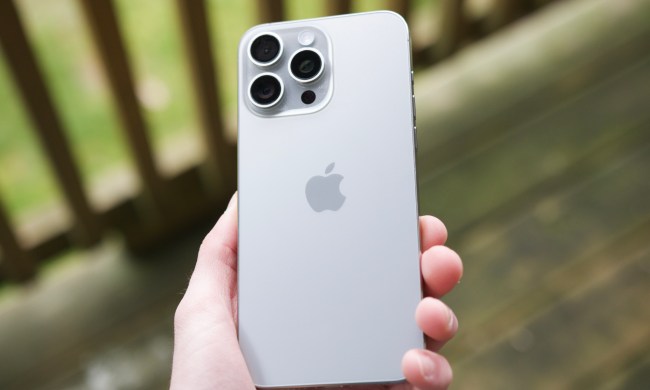When Apple introduced the iPhone in 2007, it was simpler than any other smartphone OS. There was one screen for apps, one menu for settings, and little in between to clutter the experience. Since then, iOS has grown more and more complex, but the Home Screen has remained sacrosanct. When you unlock your iPhone screen, you see apps, and all of your apps, and only apps.
Not anymore. Now you might see widgets. Among the apps, tucked neatly into the unchanged 6-by-4 grid, will be widget boxes of various sizes. Widgets will tell you time, and predict the weather, and show you photos, and play your music. Right now there are 17 different Apple apps offering widget features, including Siri shortcuts that let you create more complex shortcut actions.
Whether you decide to add the new widgets or not, the possibilities for the iPhone Home Screen have become much more complicated.
Broken for 13 years
One swipe too many past the Home Screen takes you to the new App Library page. Or you can swipe down from the Home Screen to search for apps and content directly. Or you can swipe right and see the column page of just widgets, with the search bar at the top. Confusing, or convenient?
With iOS 14, the iPhone is growing up in a big way. Some of these changes stay true to Apple’s mission, but some of the recent improvements only highlight structural problems that have remained with the iPhone since the beginning.
The Home Screen has always been hard to manage. In the beginning, iPhones were synchronized via iTunes, and iTunes gave you an iPhone Home Screen that you could reorganize with your mouse and keyboard. When Apple moved away from iTunes and synchronizing to a computer, it offered no improved method for organizing the Home Screen.
Moving app icons is very difficult, especially for novice users and any user with motor control issues. It is not obvious that holding a finger on an app icon should have any effect. Once the icons start wobbling, the timing to press and hold for moving an icon is difficult to distinguish from other taps and holds.
Then it doesn’t work properly. Icons jump out of the way unpredictably, or not at all. Moving an icon across a page or across Home Screens is often a Sisyphean task. Even when a user does everything as correctly as possible, the iPhone still does not cooperate. We are on the 14th version of iOS and more than 13 years of iPhones, and Apple has never cared to nail this most basic task.
Building on the wobbly foundation
Now Apple is building atop that mistake. All of the new widget features require the same precision, the same Home Screen manipulation, as moving app icons and creating folders. The wobble is gone, replaced by a “Edit Home Screen” option in a pop-up menu. Still, you need to drag widgets, and stack them, and tug them across Home Screen pages. It does not have to be this way.
Clearly there is a problem, as indicated by the numerous ways you can skip actually using the app icons and folders. There are three different virtual locations with search bars where you can type the app name instead of looking for it. There is a new App Library that tries to predict the app you’ll need, instead of looking for it.
You can even hide Home Screens now if you never want to look for apps. Apple is figuratively giving users a rug under which the clutter can be swept. Instead of just making the Home Screen easier to manage, Apple is making it easier to hide its mistake.
Apple needs a Home Screen tool
The solution is simple, Apple needs an app, a tool that gives users simple and intuitive control over the entire look and feel of the Home Screen. A Home Screen tool should not rely on drag-and-dropping, it should offer checkboxes and lists that can be managed and sorted. The tool needs to organize apps, place widgets, and toggle extra screens and features like the App Library, the widget column, and other complexities.
Apple waited a long time before adding widgets and messing with the Home Screen, until now a sure thing. Before we give Apple credit for educating users, the company needs to address problems that have long made the iPhone difficult for some users, before it spreads those difficulties to everyone.



